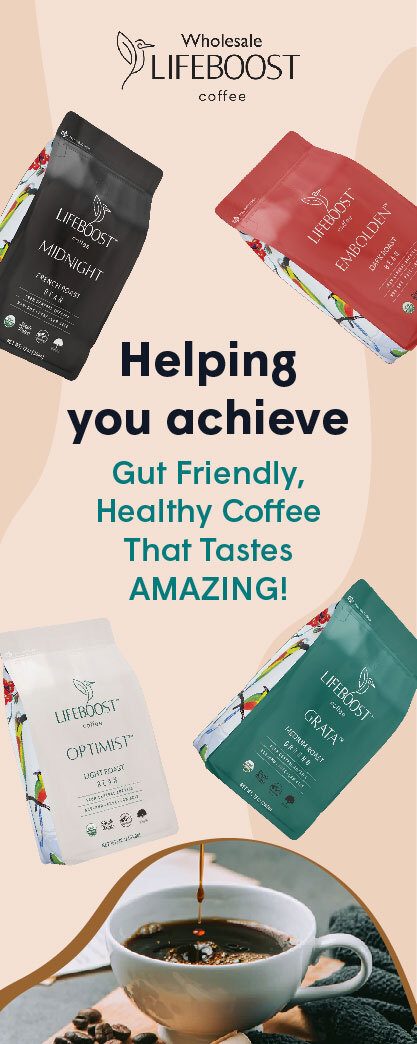Are you ready to take your eCommerce site to the next level and boost conversions? Designing a successful online store isn’t just about having great products; it’s about creating a seamless, engaging, and persuasive user experience that guides visitors towards making a purchase.
Imagine this scenario: you’ve invested time, effort, and resources into your eCommerce business, but the sales aren’t meeting your expectations. Visitors are finding your site, but they’re leaving without completing a purchase. If this sounds all too familiar, you’re not alone. Many online retailers face this challenge, and it often stems from suboptimal website design.
That’s where the power of conversion-focused design comes into play. By understanding and implementing key elements that influence user behavior, you can transform your eCommerce site into a sales powerhouse. Say goodbye to frustrated customers who struggle to navigate your site or abandon their carts in confusion.
This blog post will explore six essential elements of a successful eCommerce site designed for conversion. From user-friendly navigation to compelling product pages and streamlined checkout processes, you’ll discover practical tips and strategies to enhance your online store’s performance. Think of it as your go-to eCommerce website planning checklist for optimizing your site and watching your conversion rates skyrocket!
1. User-Friendly Navigation
Your website’s navigation should be designed with the user in mind, ensuring that they can effortlessly find the products or information they need without any confusion or frustration. Prioritize simplicity and clarity in your navigation structure, using easy-to-understand labels and organizing your products into logical categories.
Incorporate a powerful search function that allows users to locate specific items or content quickly. Additionally, implement breadcrumbs throughout your site to provide users with a clear sense of their current location within the website’s hierarchy and offer an easy way to backtrack to previously viewed pages.
By focusing on creating a user-centric navigation system, you’ll enhance the overall browsing experience for your visitors. This improved usability will keep users engaged, encourage more profound exploration of your site, and ultimately drive higher conversion rates.
2. Persuasive Product Pages
Your product pages serve as the virtual showroom for your offerings, and their primary goal is to convince potential customers to make a purchase. To create product pages that effectively convert visitors into buyers, prioritize providing comprehensive and relevant information that empowers shoppers to make confident decisions.
Invest in high-quality product photography and videography to showcase your items in the best possible light. Use crisp, detailed images that highlight the key features and benefits of each product. Consider incorporating advanced visual features such as 360-degree views or zoom capabilities to provide customers with a closer, more immersive look. Complement your visual assets with compelling and informative product descriptions that anticipate and address potential customer questions and concerns.
Incorporate customer reviews and ratings into your product pages to leverage the power of social proof and build trust with prospective buyers. Actively encourage satisfied customers to share their experiences and prominently display their feedback. To further enhance the customer experience and boost revenue, strategically feature related products or upsell opportunities, keeping shoppers engaged and increasing the likelihood of additional purchases.
3. Responsive Design For All Devices
In the modern e-commerce landscape, responsive design is a must-have feature for any online store. As an increasing number of consumers rely on their mobile devices for online shopping, it’s crucial that your website can adapt and provide a seamless experience across various screen sizes.
A responsive design automatically optimizes your eCommerce site’s layout, visuals, and navigation to ensure that it looks and performs exceptionally well on any device, be it a desktop computer, laptop, tablet, or smartphone. By dynamically adjusting these elements, responsive design delivers an ideal user experience tailored to the specific device your target market uses.
Implementing responsive design enhances user experience and boosts your search engine rankings. Search engines favor mobile-friendly sites, so having a responsive design can improve your visibility in search results. Plus, a seamless mobile experience reduces bounce rates and increases the likelihood of conversions, as customers can easily browse and purchase products on the go.

4. Streamlined Checkout Process
A streamlined checkout process is essential for reducing cart abandonment and increasing conversions on your eCommerce site. The key is to make the checkout experience as quick, easy, and hassle-free as possible.
Start by minimizing the number of steps required to complete a purchase. Only ask for essential information and use autofill functionality to save customers’ time. Offer a guest checkout option for those who don’t want to create an account, but make account creation easy for those who do.
Provide multiple payment options to cater to different preferences. Include popular methods like credit cards, online payment systems, and mobile wallets. Display trust signals and security badges throughout the checkout process to reassure customers that their personal and financial information is safe.
Be transparent about shipping costs and delivery times upfront. Unexpected fees and extended shipping times are common reasons for cart abandonment. Consider offering free shipping thresholds or flat-rate shipping to simplify the process and incentivize purchases.
By streamlining your checkout process, you’ll remove barriers to purchasing and create a frictionless experience that encourages customers to complete their transactions.
5. Personalization And Recommendations
Implement personalized product recommendations based on a customer’s browsing and purchase history. Use algorithms to suggest items that complement their interests or past purchases. This tactic helps customers discover new products they might like and increases cross-selling opportunities.
Create personalized landing pages and email campaigns tailored to specific customer segments. Use data such as demographics, location, and purchase behavior to deliver relevant content and offers. Personalized experiences make customers feel valued and can significantly improve engagement and conversion rates.
Highlight trending or popular products and showcase items frequently bought together. Display recently viewed items to remind customers of products they’ve shown interest in. These strategies create a sense of popularity and encourage customers to make a purchase.
6. Captivating Visual Storytelling And Branding
Compelling visual storytelling and branding help create an emotional connection with your customers and differentiate your brand from competitors. Use high-quality visuals throughout your site to showcase your products and brand story. Invest in professional product photography and videos that highlight the features and benefits of your items. Incorporate lifestyle images that help customers envision how your products fit into their lives.
Develop a consistent brand identity across your eCommerce site. Use a cohesive color scheme, typography, and design elements that reflect your brand personality and values. Consistency builds trust and makes your brand more recognizable and memorable.
Share the unique story behind your brand and products. Highlight your company’s mission, values, and the people behind it. Storytelling humanizes your brand and creates an emotional connection with customers, making them more likely to buy from you.
Encourage customers to share photos and videos of themselves using your products and feature this content on your site. User-generated content serves as powerful social proof and helps potential customers see how your products fit into real people’s lives.
Final Thoughts
Designing an eCommerce site that converts is both an art and a science. By focusing on these six key elements, you’ll create an online store that attracts visitors and guides them towards making a purchase.
Remember, the goal is to provide an exceptional user experience that makes shopping on your site a pleasure, not a chore. By continuously optimizing and refining these elements, you’ll stay ahead of the curve and keep your customers coming back for more.
So, what are you waiting for? Start implementing these strategies today and watch your eCommerce site’s conversion rates soar. Your success story starts now!







